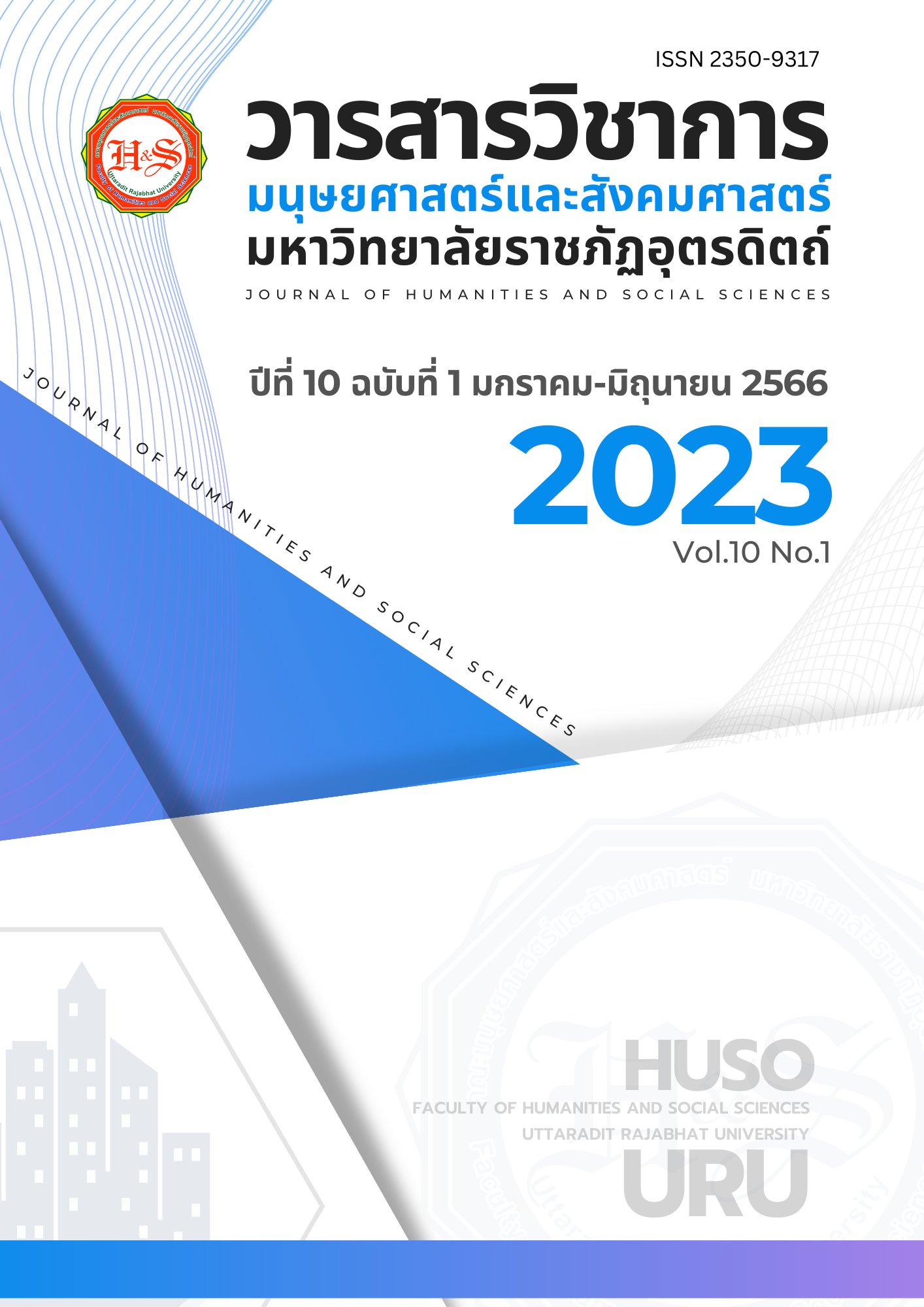Legacy of economic miracle “Karoshi syndrome” crisis in Japan labor market
Keywords:
Karoshi syndrome, Japanese monument style, Japanese economic miracleAbstract
This article was collected data about factor that support Japan economic miracle help Japan rapidly improvement after damage of WWII. External factors include with affect of Korean War on Japan economic. Oil Crisis effect to increased demand of Japanese automobile. Fixed Japanese Yen that lead into Plaza accord. Result of Plaza accord lead into Japanese Yen appreciation. Become great opportunities for Japanese’s firm to expand into worldwide. Internal factors Japanese management style that includes of Lifetime employee, seniority-based wage, labour union that conduct relationship between employee and corporation. Cause employee individual problem like Karoshi syndrome sudden death from work hard or decide to suicide cause of stress and pressure of workload. Even government and private sector in Japan try to solve Karoshi but it still in severe level. However, direction of development trend grows in positive way.
References
Christopher Klein.2023. How Did World War II End?.(online) Retrived June 3, 2023, from
https://www. history.com /news/world-war-ii-end-events
Ian Webster. 2023. USD inflatation since 1951. (online) Retrived June 3, 2023, from
https://www.in2013dollars.com/us/inflation/1951?amount=1
Katsuo Nishiyama and Jeffrey V. Johnson. 1997. Karoshi-Death from Overwork:
Occupational Health Consequences of Japanese Production Management. International Journal of Health Services . 27(4). pp 625-641
Kenichi Ohno. 2017. The history of Japanese economic development origin of private
dynamism and policy competence. New York. Routledge.
L.A Time archives. 2007. James Abegglen, 81; management consultant wrote 9
books on Japan. (online). Retrived June 3, 2023, from https://www.latimes.com/archives/la-xpm-2007-may-15-me-passings15.2-story.html
Oknim Chung. 1998. The Origins and Evolution of the Japanese-American Alliance: A
Korean Perspective. California. The Asia/Pacific Research Center.
Postwar Recovery,1945-49. N.d. (online) Retrived June 3, 2023, from
https://www.grips.ac.jp/vietnam/VDFTokyo/Doc/EDJ_Chap10-11.pdf
Rinrin. 2021. ใกล้เรียนจบแล้ว เตรียมตัวหางานในญี่ปุ่นอย่างไรดี? (ออนไลน์) . สืบค้นเมือ 13 มิถุนายน
, จาก https://www.tsunagulocal.com/th/92365/
Shigeki Hijino,Yasuo Masai,Gil Latz, 2023. Economy of Japan. (online) Retrived June 3, 2023,
from https://www.britannica.com/topic/economy-of-Japan
Spencer Cohen. 2022. When Tokyo Burned. (online) Retrived June 3, 2023, from
https://foreignpolicy.com/2022/05/29/papercity-tokyo-firebombing/
นรีนุช ดำรงชัย. 2562. ญี่ปุ่นร่วมสมัย: สังคม การเมือง เศรษฐกิจ และวัฒนธรรม. พิมพ์ครั้งที่ 1. กรุงเทพ.
สำนักพิมพ์สถาบันบัณฑิตพัฒนบริหาร.
ประชาชาติธุรกิจ. 2560. “ทำงานหนักจนตาย” วิกฤตที่แก้ไม่ตกของสังคม “ญี่ปุ่น”. (ออนไลน์) สืบค้นเมื่อ
มิถุนายน 2566, จาก https://www.prachachat.net/facebook-instant-article/news-51270
ประสบการณ์ใช้รถ. (2561). ย้อนรอยวิกฤตน้ำมันโลกปี 1973. (ออนไลน์). สืบค้นเมือ 13 มิถุนายน 2566,
จาก https://chobrod.com/tips-car-care/ย้อนรอยวิกฤตน้ำมันโลก-1973-4552
พีรเดช ชูเกียรติขจร, นลิตรา ไทยประเสริฐ. 2014. ผลกระทบจากวิกฤตเศรษฐกิจของประเทศญี่ปุ่นและ
เอเชียที่มีต่อการเคลื่อนย้ายการลงทุนทางตรงจากประเทศญี่ปุ่น สู่ 4 ประเทศในอาเซียนและ 3 ประเทศอุตสาหกรรมใหม่. Journal of economics, 18 (1) Jan-Jun 21-43
โพสทูเดย์, 2560. หนุ่มญี่ปุ่นแทงตัวเองเพื่อจะได้ไม่ต้องไปทำงาน. (ออนไลน์) ) สืบค้นเมือ 13
มิถุนายน 2566, จาก https://www.posttoday.com/world/482661
สถานเอกอัครราชทูตญี่ปุ่นประจำประเทศไทย. 2560. สถานการณ์ของเกาะทะเคะชิมะที่เกิดขึ้นทันที
หลังจากสิ้นสุดสงครามโลกครั้งที่ 2. (ออนไลน์). สืบค้นเมือ 3 มิถุนายน 2566, จาก https://www.th.emb- japan.go.jp /itpr_th/takeshima_WWII.html
加藤靖慶「Katoh」. 2010. 日本的経営の考察. [中京経営研究紀要] 19(2), pp.1-14
Downloads
Published
How to Cite
Issue
Section
License
Copyright (c) 2023 Journal of Humanities and Social Sciences Uttaradit Rajabhat University

This work is licensed under a Creative Commons Attribution-NonCommercial-NoDerivatives 4.0 International License.
บทความเป็นลิขสิทธิของคณะมส. มรภ อต.



